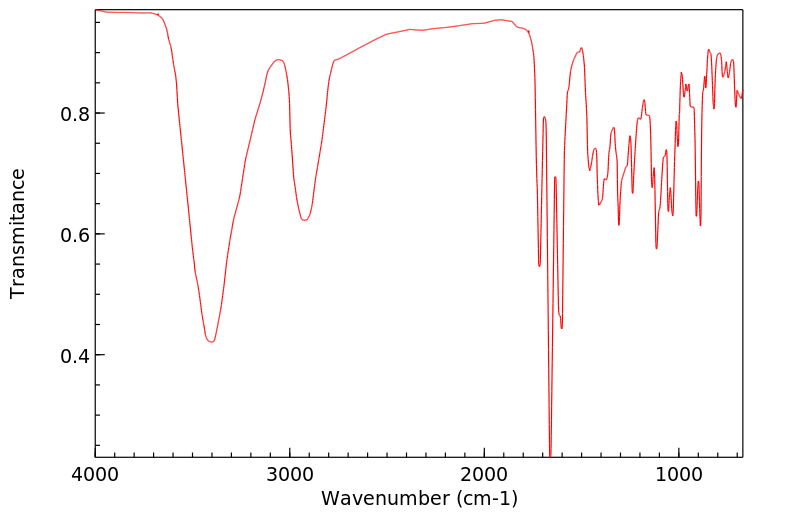毒理性
◉ 母乳喂养期间使用总结:甲基强的松龙在母乳中的量非常低,即使在使用1克静脉注射剂量时,也没有报告母乳喂养的婴儿出现不良反应。母亲静脉注射1克剂量时,完全母乳喂养的婴儿接受的剂量低于他们每日的皮质醇产量,远低于用于新生儿的治疗剂量。连续每日剂量为1克时,药物在母乳中不会累积。在输注期间和输注后至少2小时避免哺乳,可以显著减少婴儿的暴露。较小的口服剂量和局部注射,例如用于肌腱炎,不需要特殊预防措施。局部注射偶尔可能导致暂时性的乳汁供应减少。
◉ 对母乳喂养婴儿的影响:在使用甲基强的松龙或任何其他皮质类固醇时,没有报告对母乳喂养婴儿的影响。有三名婴儿从出生起就在母亲使用每日6至8毫克甲基强的松龙期间被母乳喂养,直到3个月大时没有报告不良反应。在一篇论文中,2名婴儿有正常的血细胞计数,没有感染增加,并且生长速率超过平均水平。
十六名患有多发性硬化的哺乳期母亲接受了1克甲基强的松龙静脉注射,持续1小时,每月一次(n = 7)或连续3天(n = 9)。婴儿在剂量后4小时内没有哺乳。在3到12个月的随访期间,没有观察到婴儿出现不良反应。
一名患有类风湿性关节炎的妇女在怀孕期间接受了每日8至16毫克甲基强的松龙治疗。分娩后,她继续每日服用8毫克甲基强的松龙,并接受皮质类固醇(未指定)注射到她的掌骨关节,同时哺乳婴儿(程度未说明)。在婴儿9个月大时,婴儿有正常的生长和心理运动发育,没有临床和实验室异常。婴儿接受了常规疫苗接种,没有出现不良反应。
十二名婴儿的母亲接受了为期3或5天的1克甲基强的松龙静脉注射,每次1小时,除了输注后前2小时外,都是由母亲哺乳。婴儿平均年龄为8个月(范围为1到16个月)。在研究期间,婴儿的体重和身高正常,并且已经达到了发展里程碑。在6到24个月的随访期间,没有看到对婴儿的不良影响。
◉ 对泌乳和母乳的影响:一名分娩后6周、主要进行母乳喂养的妇女接受了24毫克甲基强的松龙长效注射剂和15毫克利多卡因的局部注射,用于治疗腕关节的腱鞘炎。注射后30小时,泌乳停止。那时她的乳房柔软,没有充血。36小时后,泌乳慢慢恢复,24小时后达到正常的产奶量。作者假设由于注射是在一个高度活动的关节中,可能导致皮质类固醇的快速释放,从而造成抑制。也有报道称大剂量的曲安奈德注射到肩部和腕部会导致暂时性的泌乳减少或停止。
一项对46名在34周前分娩的妇女的研究发现,如果在分娩前3到9天内给予另一种皮质类固醇(倍他米松,两次肌肉注射,每次11.4毫克,间隔24小时),会导致乳汁生成II期延迟,并且在分娩后10天内平均乳汁量减少。如果婴儿在母亲接受皮质类固醇后不到3天或多于10天分娩,乳汁量不会受到影响。等效剂量的甲基强的松龙可能会有相同的效果。
一项对87名孕妇的研究发现,孕期给予上述剂量的倍他米松会导致孕期过早刺激乳糖分泌。尽管增加在统计学上是有意义的,但临床重要性似乎很小。等效剂量的甲基强的松龙可能会有相同的效果。
十六名患有多发性硬化的哺乳期母亲接受了1克甲基强的松龙静脉注射,持续1小时,每月一次(n = 7)或连续3天(n = 9)。没有母亲报告她们的乳汁供应减少。
◉ Summary of Use during Lactation:Amounts of methylprednisolone in breastmilk are very low and no adverse reactions in breastfed infants have been reported, even with intravenous doses of 1 gram. With maternal intravenous doses of 1 gram, fully breastfed infants would receive doses less than their daily cortisol output, and much less than the therapeutic dose used in neonates. Accumulation of the drug does not occur in breastmilk with consecutive daily doses of 1 gram. Avoiding breastfeeding during the infusion and for as little as 2 hours after a 1 gram intravenous dose markedly reduces infant exposure. Smaller oral doses and local injections, such as for tendinitis, require no special precautions. Local injections might occasionally cause temporary loss of milk supply.
◉ Effects in Breastfed Infants:None reported with methylprednisolone or any other corticosteroid. Three infants were breastfed from birth during maternal use of methylprednisolone 6 to 8 mg daily with no reported adverse effects up to 3 months. In one of the papers, 2 infants had normal blood cell counts, no increase in infections and above average growth rates.
Sixteen nursing mothers with multiple sclerosis received 1 gram of methylprednisolone intravenously over 1 hour, either monthly (n = 7) or over 3 consecutive days (n = 9). Infants did not breastfeed for 4 hours after the dose. No adverse effects were observed in infants during 3 to 12 months of follow-up.
A woman with rheumatoid arthritis was treated during pregnancy with methylprednisolone 8 to 16 mg daily. After delivery, she was maintained on methylprednisolone 8 mg daily plus corticosteroid (not specified) injections into her metacarpal joints while breastfeeding (extent not stated) her infant. At 9 months of age, the baby had normal growth and psychomotor development, with no clinical nor laboratory alterations. The baby received routine vaccinations with no adverse effects.
Twelve infants of mothers receiving methylprednisolone 1 gram intravenously over 1 hour for 3 or 5 days were breastfed by their mothers except for the first 2 hours after the infusion. The infants averaged 8 months of age (range 1 to 16 months). The infants were normal in weight and height and had reached their milestones at the time of the study. No adverse effects were seen in the infants during a 6 to 24 month follow-up period.
◉ Effects on Lactation and Breastmilk:A patient who was 6 weeks postpartum and predominantly breastfeeding her infant received 24 mg of depot methylprednisolone plus 15 mg of lidocaine intralesionally for tenosynovitis of the wrist. Thirty hours after the injection, lactation ceased. Her breasts were soft and not engorged at that time. Thirty-six hours later, lactation resumed slowly, reaching normal milk production 24 hours later. The author hypothesized that the suppression might have occurred because the injection was in a highly mobile joint, which might have caused rapid release of the corticosteroid. Large doses of triamcinolone injected into the shoulder and into the wrist have also been reported to cause temporary drop or cessation of lactation.
A study of 46 women who delivered an infant before 34 weeks of gestation found that a course of another corticosteroid (betamethasone, 2 intramuscular injections of 11.4 mg of betamethasone 24 hours apart) given between 3 and 9 days before delivery resulted in delayed lactogenesis II and lower average milk volumes during the 10 days after delivery. Milk volume was not affected if the infant was delivered less than 3 days or more than 10 days after the mother received the corticosteroid. An equivalent dosage regimen of methylprednisolone might have the same effect.
A study of 87 pregnant women found that betamethasone given as above during pregnancy caused a premature stimulation of lactose secretion during pregnancy. Although the increase was statistically significant, the clinical importance appears to be minimal. An equivalent dosage regimen of methylprednisolone might have the same effect.
Sixteen nursing mothers with multiple sclerosis received 1 gram of methylprednisolone intravenously over 1 hour, either monthly (n = 7) or over 3 consecutive days (n = 9). None of the mothers reported a decrease in their milk supply.
来源:Drugs and Lactation Database (LactMed)








